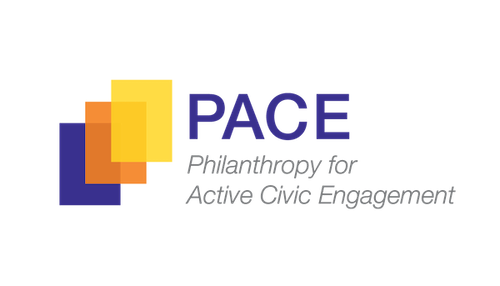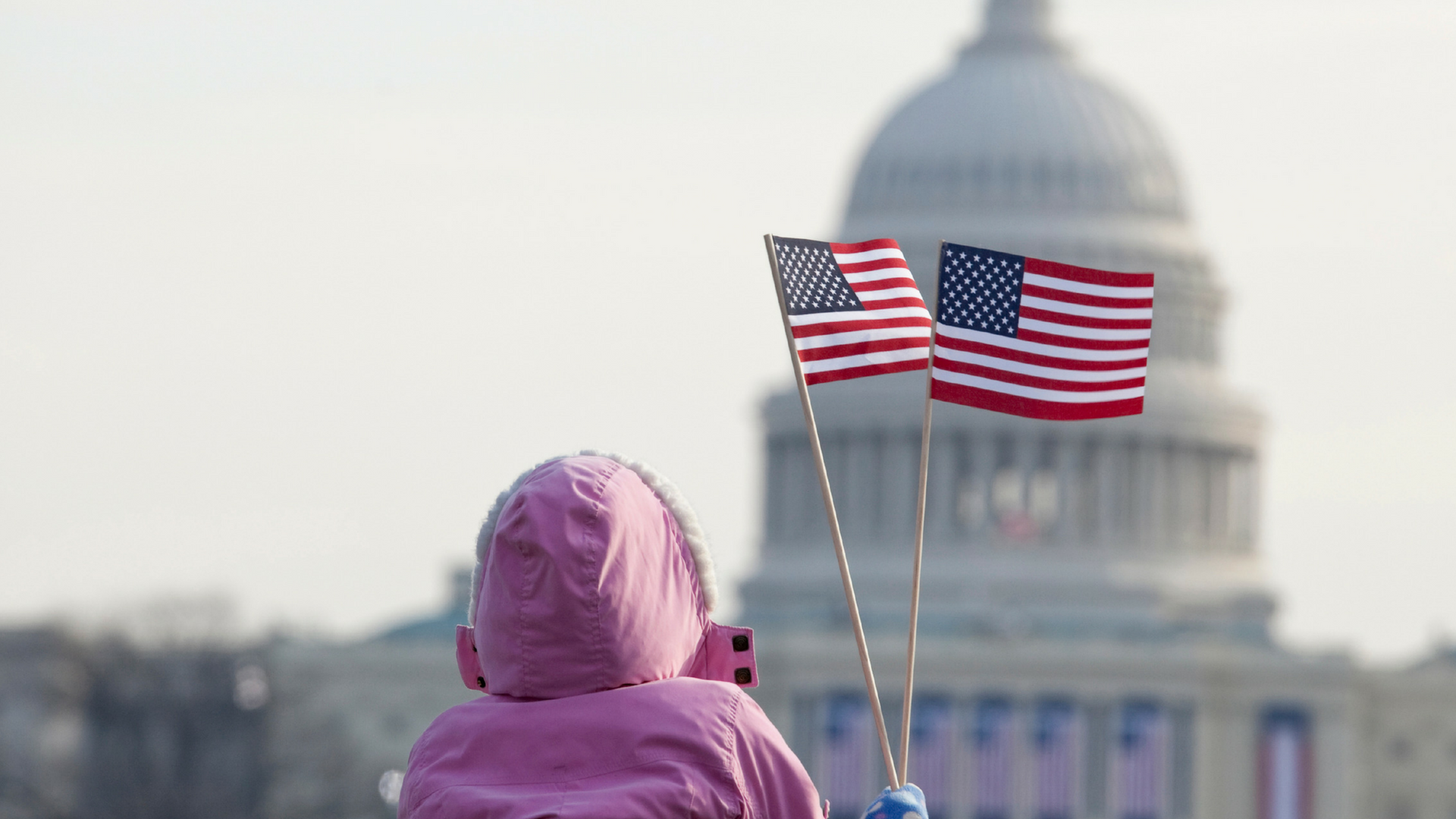PACE is pleased to announce the release of it’s latest white paper, “An Inequitable Invitation to Citizenship: Non-College-Bound Youth and Civic Engagement.” A pdf version of the white paper is attached and we would urge you to share it widely with your colleagues and co-workers. Also, we will soon be announcing a webinar when the authors will discuss their research and findings.
It was one year ago when PACE board member Ben Binswanger, then the COO of The Case Foundation and now Vice President of the Skoll Foundation, suggested that PACE examine the topic of the gap in public and civic involvement between college-bound youth and non-college-bound youth. The philanthropic community had spent a vast amount of resources both working to understand college-bound youth and what might motivate them to become more involved in public life, but there had not been a similar conversation about how to engage the 50 percent of youth who were not college bound.
With the support of The Case Foundation, PACE has worked with three talented researchers and writers to develop this paper. The team was led by Jonathan Zaff, the Vice President of Research for the America’s Promise Alliance and a senior fellow at Tisch College. James Youniss, the James and Wylma R. Curtin Professor of Psychology at the Catholic University of America, and Cynthia Gibson, principal of Cynthesis Consulting and a former program officer at the Carnegie Corporation of New York, were also authors of the paper.
As John Esterle, the President of the board of PACE and the Executive Director of The Whitman Institute in San Francisco, writes in his introduction, “In examining the civic participation of non-college-bound youth (NCBY), the authors provide a useful framework for examining the issue. It shows the need for a continuum of supportive strategies running from childhood to the mid-20s. As they suggest, it is particularly important to address the shifting social, economic, and political landscape for young adults when looking to develop effective programs and approaches.”
The authors provide ideas not only for funders, but for federal and state governments, schools and school systems, higher education, the military, political/advocacy organizations, community institutions, and businesses. The recommendations that the authors have concluded the paper with provide evidence of how much there is to do if we are to bring the voices and perspectives of NCBY into our civic, public and political life.

